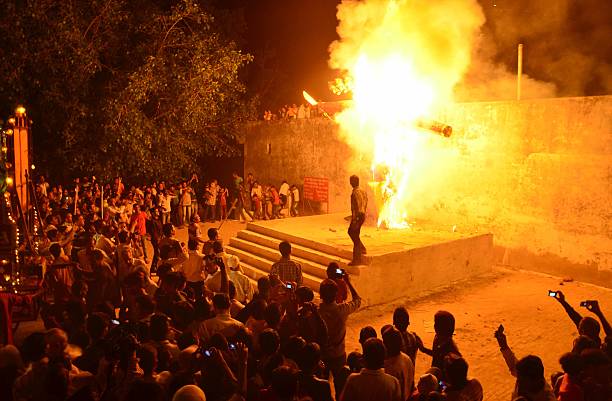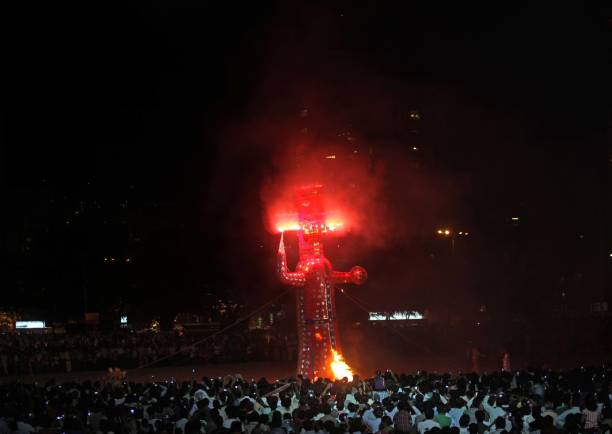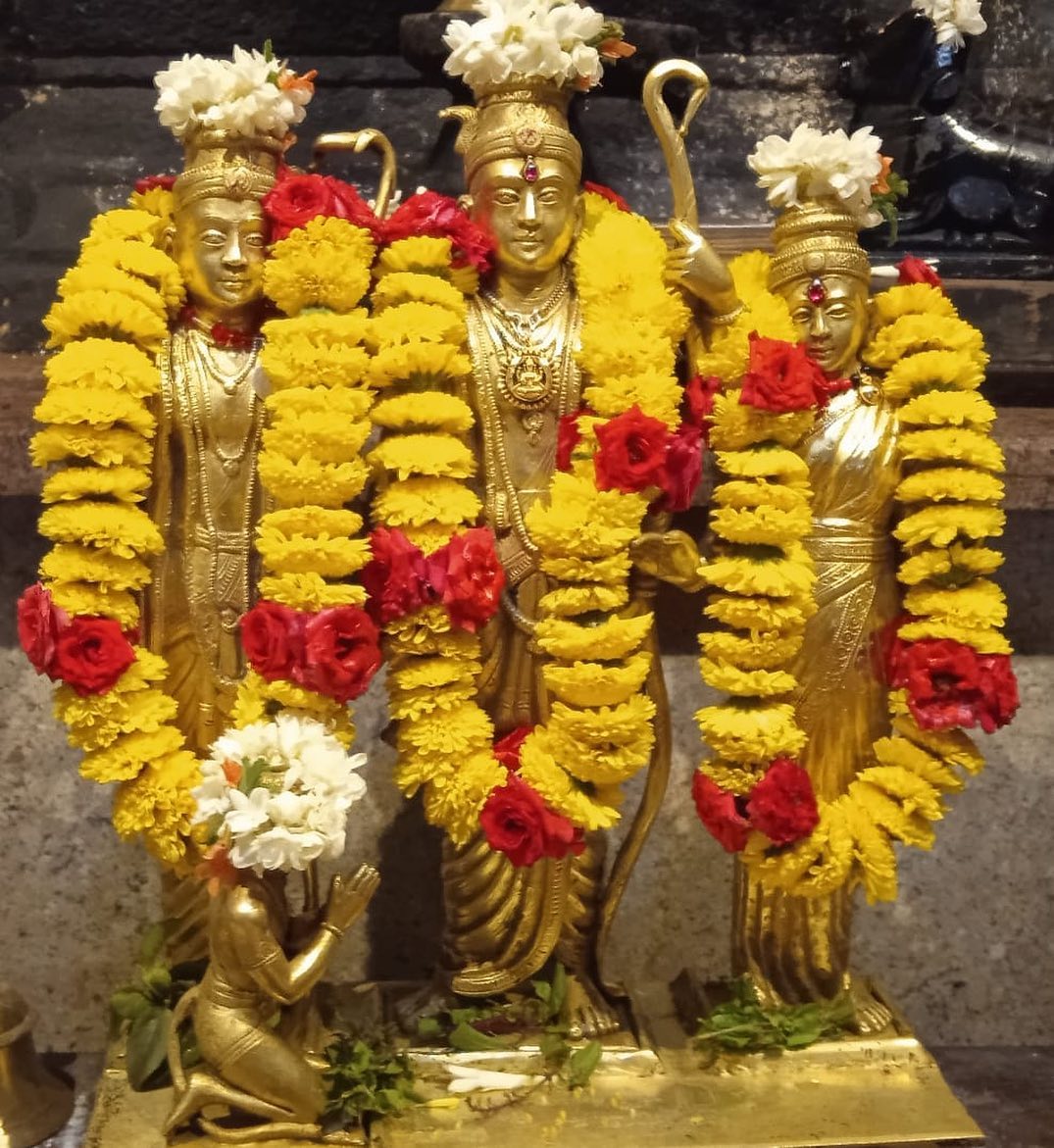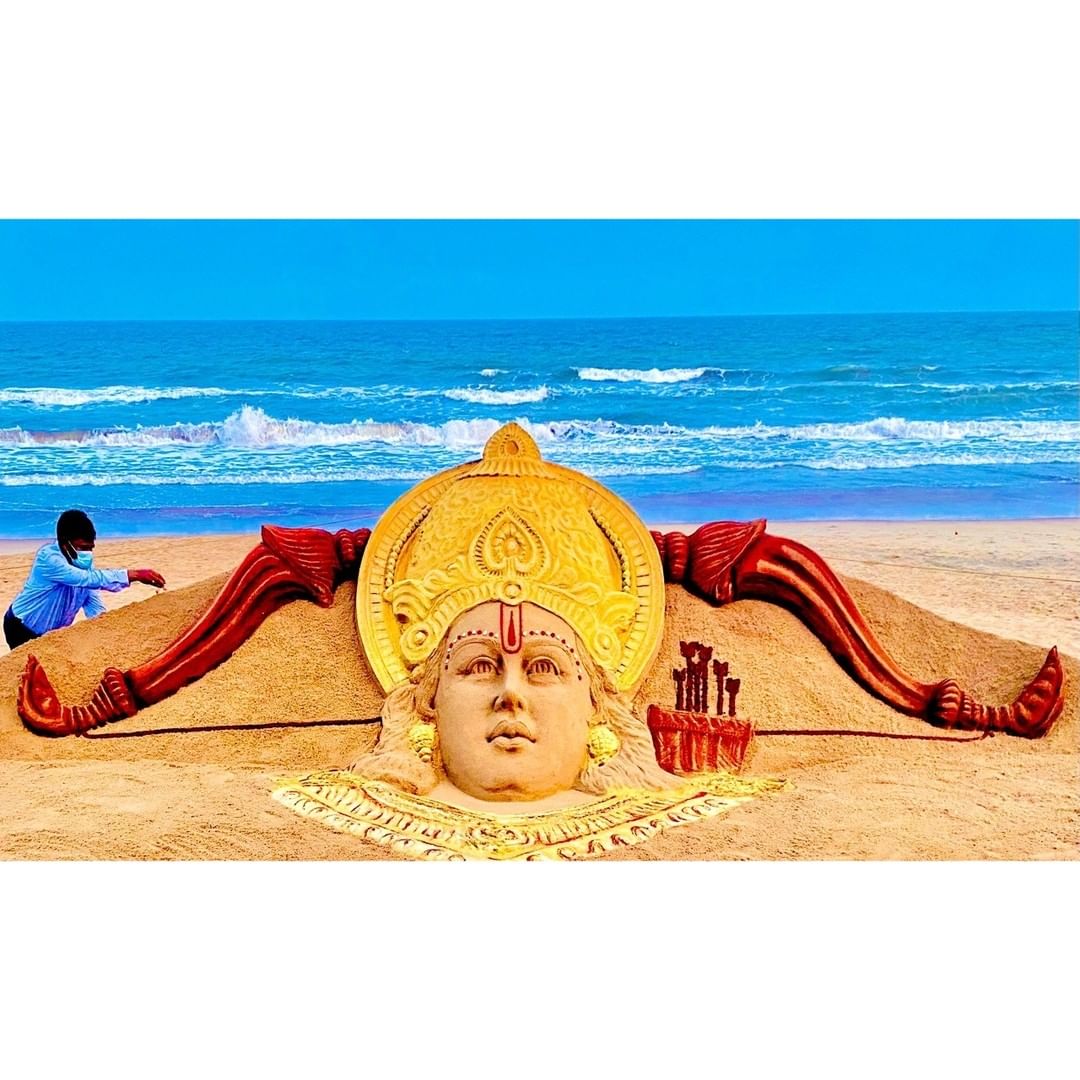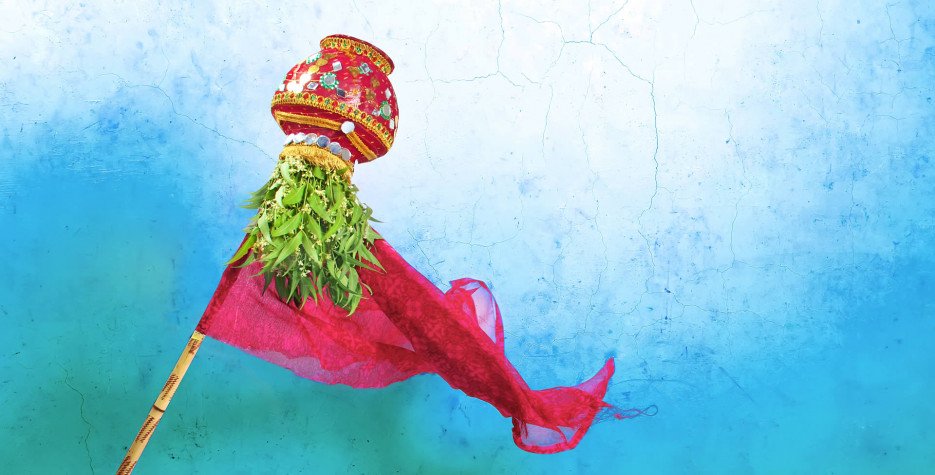
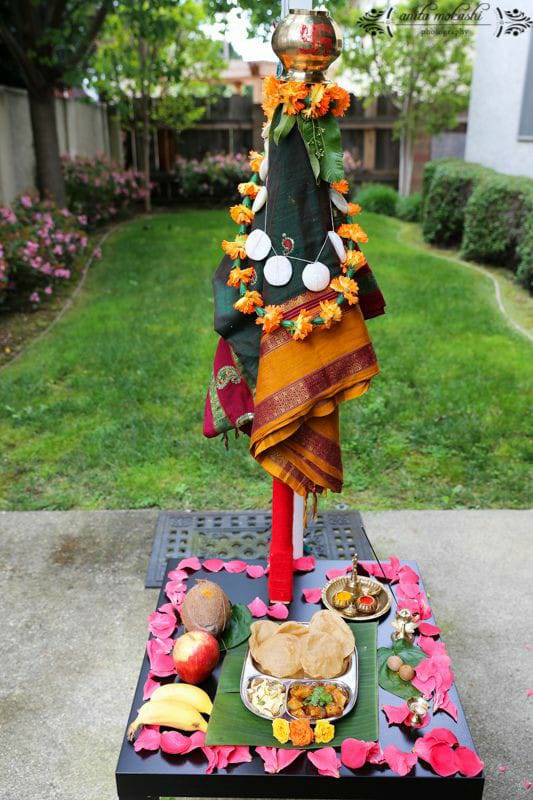
Gudi Padwa
LOCATION : Amravati, Maharashtra 444601
DURATION: This auspicious festival is observed on the first day of the month of Chaitra which is the first month in the Hindu calendar.
Gudi Padwa is an Indian festival that marks the beginning of the New Year and the harvest season for the people of Maharashtra. Gudi is the word used to refer to Brahma’s flag (which is hoisted on this day) while Padva is derived from the Sanskrit word Paddava or Paddavo which refers to the first day of the bright phase of the moon. This festival is celebrated on the first day of the month of Chaitra, according to the Hindu calendar, which usually falls during March-April according to the Gregorian calendar. This day is also symbolic of the season of Vasant or spring in India. Besides Maharashtra, it is also observed under different names in Andhra Pradesh, Karnataka and Tamil Nadu as well, however by a smaller community of people.
One of the sacred texts of the Hindus, the Brahma Purana states that Lord Brahma recreated the world after a raging deluge in which all time had stopped and all the people of the world, destroyed. On Gudi Padva, time restarted and from this day on, the era of truth and justice (known as Satyug) began. Therefore, Lord Brahma is worshipped on this day.
Another popular legend about the origin of this festival revolves around the return of Lord Rama to Ayodhya along with his wife Sita and his brother Laxman from exile. The ‘Brahmadhvaj’ or ‘the flag of Brahma’ (other names for the Gudi) is hoisted in memory of the coronation of Lord Rama. The Gudi is hoisted at the entrance of the household in commemoration of the Gudi that was hoisted in Ayodhya as a victory flag. It is also believed that Lord Rama was victorious over King Bali on this day, marking this occasion.
